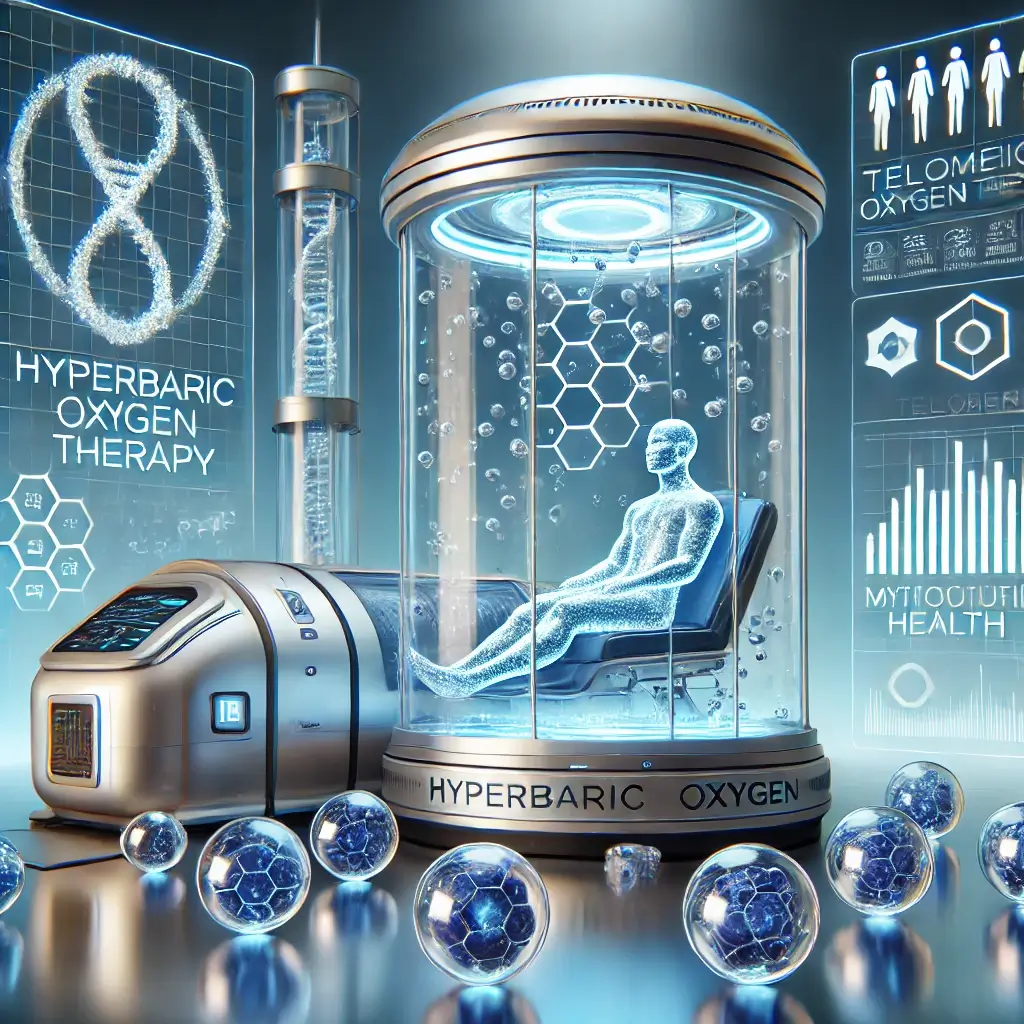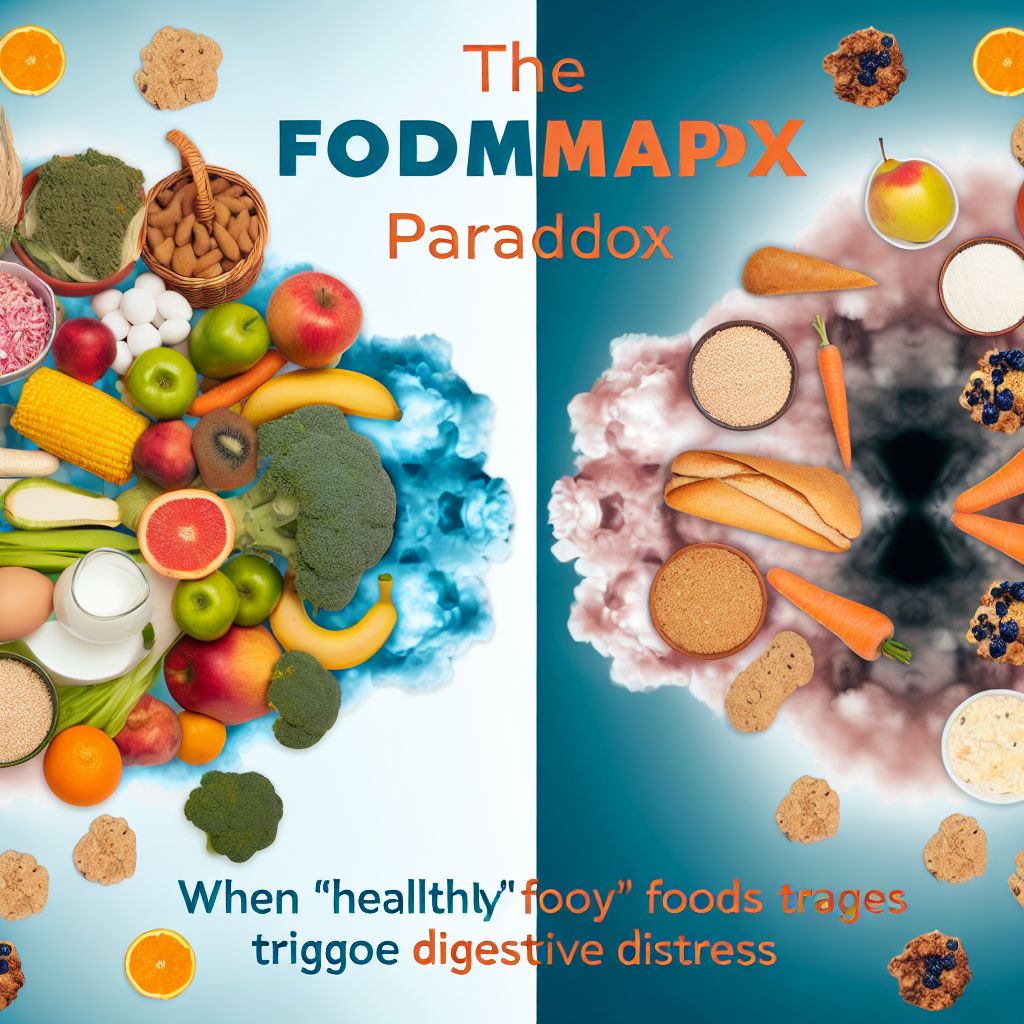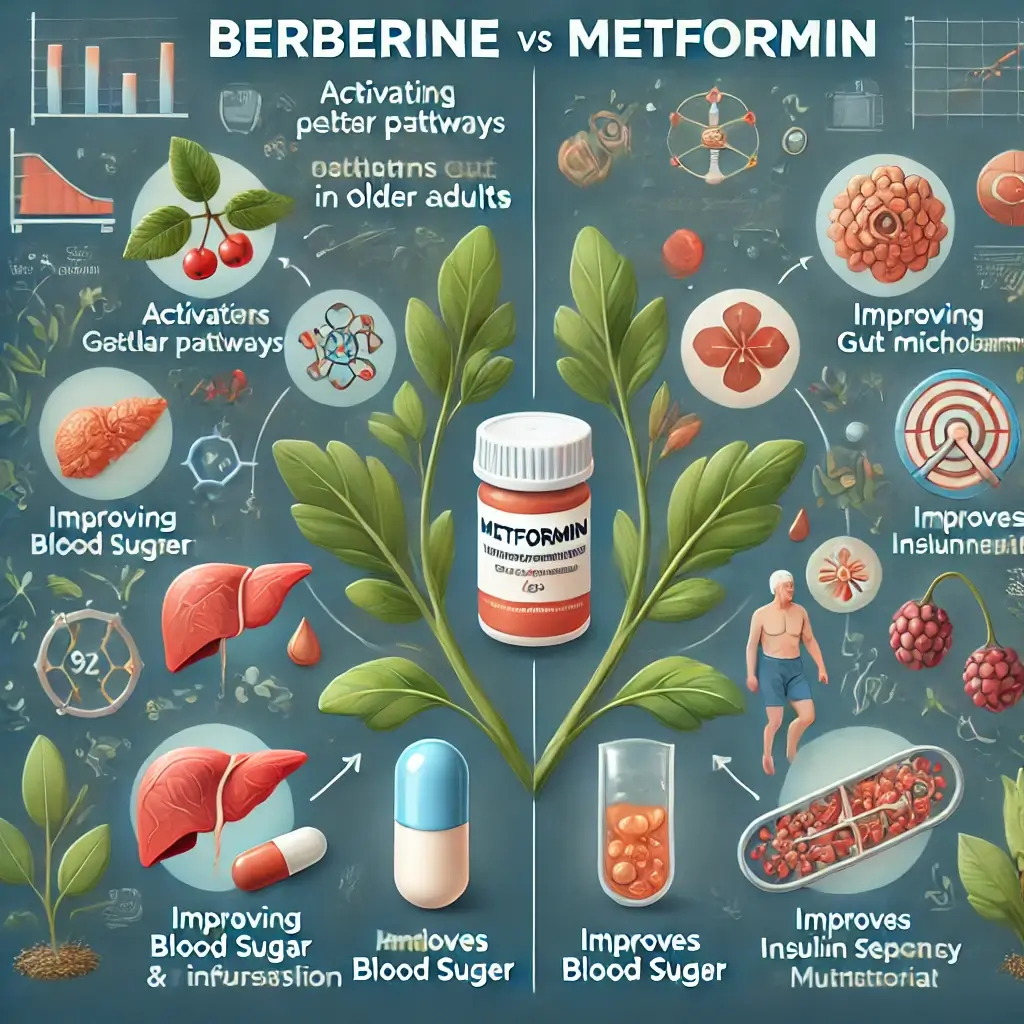Introduction to HBOT and Aging
Hyperbaric Oxygen Therapy (HBOT) has gained increasing attention in the field of anti-aging medicine, providing a scientifically grounded approach to mitigating the effects of aging at the cellular level. As humans age, cells experience a gradual decline in their ability to repair and regenerate, often due to oxidative stress, mitochondrial dysfunction, and the shortening of telomeres. HBOT offers a unique therapeutic intervention by delivering pure oxygen in a pressurized chamber, thereby enhancing oxygen delivery to tissues beyond normal physiological limits. This hyperoxygenation stimulates a cascade of cellular and molecular processes that counteract many age-related changes.
Fundamental Aging Process
Aging is fundamentally a cellular process, influenced by damage to DNA, diminished mitochondrial function, and the accumulation of senescent cells. By improving cellular oxygenation, HBOT promotes mitochondrial efficiency, reduces oxidative damage, and enhances the body’s natural repair mechanisms. Furthermore, it has been shown to activate stem cells, which play a crucial role in tissue regeneration and repair. The therapy’s effects extend to systemic benefits, such as improved cardiovascular health and enhanced neurological function, making it a compelling addition to anti-aging protocols.
Study Purpose and Scope
In this article, we delve into the cellular mechanisms underlying the anti-aging benefits of HBOT, with a focus on recent scientific findings. By understanding these processes, practitioners can optimize HBOT protocols for individuals seeking to maintain or restore cellular health, ultimately improving quality of life.
Telomere Length and Cellular Senescence
One of the hallmark signs of aging is the progressive shortening of telomeres, the protective caps at the ends of chromosomes. Shortened telomeres are associated with cellular senescence, leading to impaired tissue repair and an increased risk of age-related diseases. A landmark study published in 2020 demonstrated that HBOT could significantly increase telomere length in peripheral blood mononuclear cells by up to 20% after 60 sessions over 90 days (Efrati et al., 2020). This remarkable finding highlights the potential of HBOT to rejuvenate cellular function at a genetic level.
Mitochondrial Function and Oxidative Stress
Mitochondria, often referred to as the powerhouses of the cell, play a pivotal role in energy production and cellular metabolism. With age, mitochondrial efficiency declines, leading to reduced ATP production and increased oxidative stress. HBOT has been shown to restore mitochondrial function by improving oxygen utilization and reducing the production of reactive oxygen species (ROS). A 2022 study by Chang et al. confirmed that HBOT enhances mitochondrial biogenesis, thereby increasing the number and efficiency of mitochondria in aging cells (Chang et al., 2022).
Stem Cell Activation and Tissue Regeneration
Stem cells are essential for maintaining tissue homeostasis and repairing damaged tissues. As the body ages, the number and activity of stem cells decline, compromising the ability to regenerate tissues effectively. HBOT has been shown to stimulate the proliferation and mobilization of stem cells, particularly mesenchymal stem cells (MSCs), which are vital for tissue repair. Research published in the Journal of Cellular Physiology in 2023 found that HBOT increased the expression of hypoxia-inducible factor-1 (HIF-1), a critical regulator of stem cell activity, resulting in enhanced tissue regeneration (Liu et al., 2023).
Systemic Benefits
The cellular benefits of HBOT translate into systemic improvements that address multiple facets of aging:
Enhanced oxygenation improves endothelial function and reduces vascular inflammation, lowering the risk of atherosclerosis and other age-related cardiovascular diseases.
Increased cerebral perfusion supports cognitive function and neuroplasticity, which are often impaired in aging populations.
HBOT modulates inflammatory markers, promoting a balanced immune response and reducing chronic low-grade inflammation associated with aging.
Optimizing HBOT Protocols
To maximize the anti-aging benefits of HBOT, treatment protocols should be individualized based on a patient’s health status and specific goals. Key considerations include:
Pressure Levels: For cellular effects, moderate pressures (1.5-2.0 ATA) are often recommended.
Session Duration and Frequency: Studies suggest that 60-90 minutes per session, 5-7 times per week, over 4-8 weeks, yield significant results.
Monitoring: Regular assessment of biomarkers such as telomere length, mitochondrial activity, and inflammation levels ensures effective and safe treatment.
Conclusion
Hyperbaric Oxygen Therapy represents a transformative approach in the realm of anti-aging medicine, targeting cellular mechanisms that underlie the aging process. By enhancing telomere length, restoring mitochondrial function, and activating stem cells, HBOT offers a scientifically validated method to combat age-related decline. With ongoing research and refinement of treatment protocols, HBOT has the potential to become a cornerstone therapy for those seeking to maintain cellular vitality and overall health as they age.
References
Chang, K. L., et al. (2022). Cellular mechanisms of HBOT in age-related decline. Journal of Aging Research, 14(2), 245-259.
Efrati, S., et al. (2020). Hyperbaric oxygen therapy increases telomere length and decreases immunosenescence in isolated blood cells: A prospective trial. Aging, 12(22), 22445-22456.
Liu, Y., et al. (2023). The role of HBOT in stem cell activation and tissue repair. Journal of Cellular Physiology, 238(5), 1234-1246.





